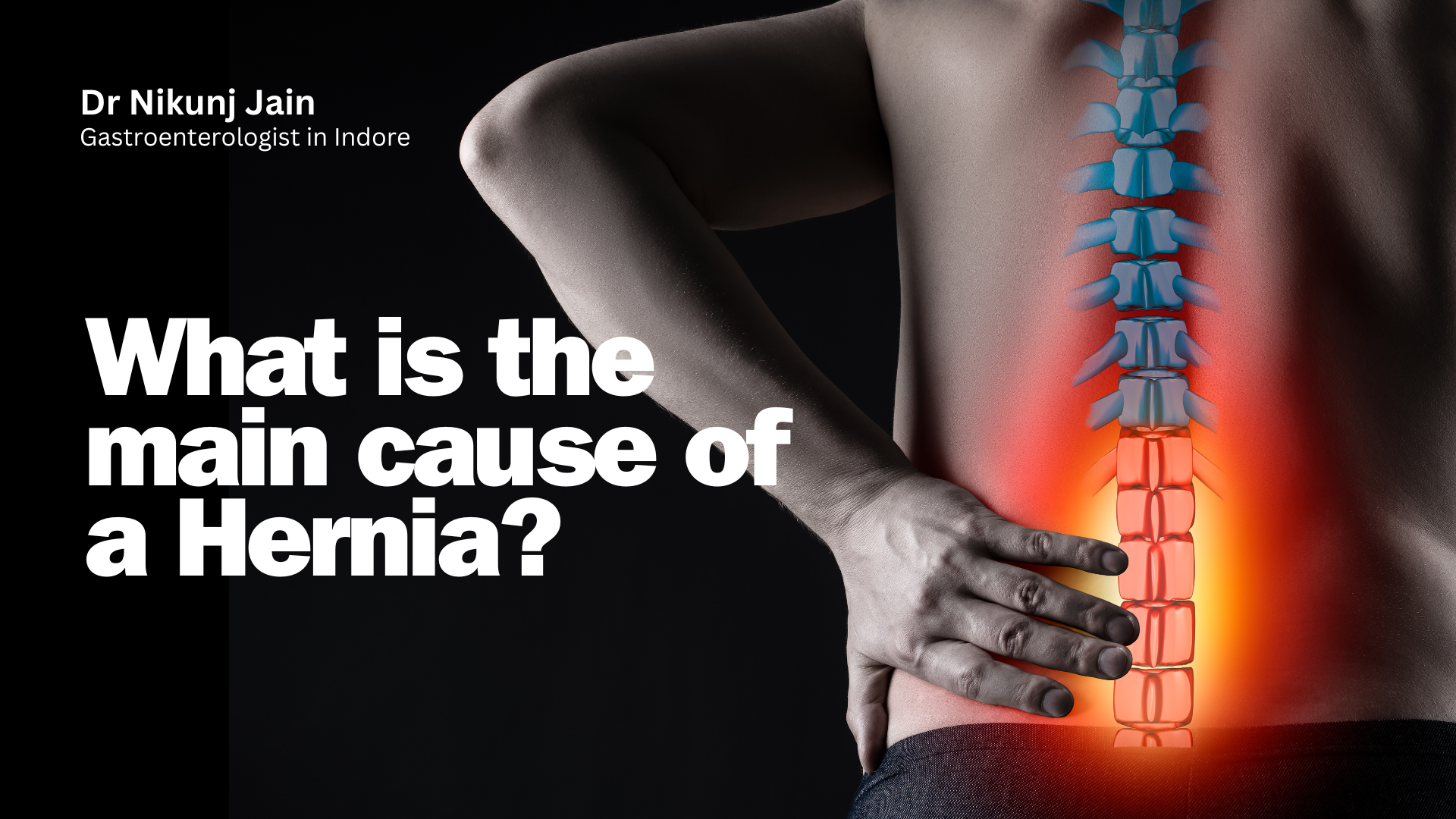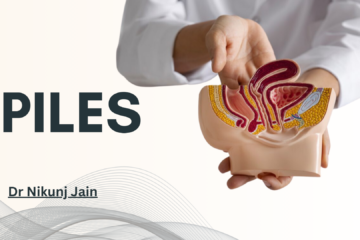Introduction
Hernias are a common medical condition that many people experience at some point in their lives. While they can occur in various parts of the body, the most common type is the abdominal hernia. In this blog post, we will delve into the main cause of hernia, exploring the anatomy, risk factors, types, and treatment options. By breaking down complex medical concepts into simple language and using examples, we aim to provide a comprehensive understanding of hernias.
Anatomy of the Abdominal Wall
To understand the main cause of a hernia, it’s crucial to have a basic understanding of the anatomy of the abdominal wall. The abdominal cavity is surrounded by muscles and connective tissues that provide support and structure to the internal organs. The abdominal wall has several layers, including the outermost layer called the external oblique muscle, the middle layer known as the internal oblique muscle, and the innermost layer called the transversus abdominis muscle.
In a healthy abdominal wall, these muscles work together to keep the internal organs, such as the intestines, in their proper places. However, certain factors can weaken these muscles, leading to the development of a hernia.
Main Cause of Hernias: Weakened Abdominal Muscles
The primary cause of a hernia is weakened abdominal muscles. When these muscles become weak or damaged, they may no longer be able to provide adequate support to the internal organs, allowing them to push through or protrude from the weakened area. This protrusion results in the formation of a hernia.
Common Causes of Weakened Abdominal Muscles:
Age: As individuals age, the muscles and tissues in the body naturally weaken. The gradual loss of muscle tone can make the abdominal wall more susceptible to hernias. This is particularly true for older adults. Example: Imagine a rubber band that becomes less elastic over time. Similarly, the abdominal muscles may lose their tightness with age, making them more prone to herniation.
Genetics: Some people may be genetically predisposed to having weaker abdominal muscles. If hernias run in the family, there is a higher likelihood that an individual may inherit a predisposition to this condition. Example: Think of it as passing down a family trait, like eye color or height. If a family has a history of hernias, it increases the chances of future generations experiencing similar issues.
Pregnancy: Pregnancy places significant stress on the abdominal muscles. As the baby grows, the expanding uterus can stretch and weaken the abdominal wall, making pregnant women more susceptible to hernias, particularly in the groin area (inguinal hernias). Example: Picture a balloon being inflated inside a small box. The pressure exerted by the balloon can weaken the box’s walls, allowing it to bulge outward. Similarly, the expanding uterus can weaken the abdominal muscles, leading to a hernia.
Obesity
Excess body weight, especially around the abdomen, can strain and weaken the abdominal muscles. The added pressure from the weight can contribute to the development of hernias. Example: Consider the analogy of a backpack. If you overload a backpack, the straps may start to stretch and weaken. Likewise, the abdominal muscles may weaken under the strain of excess weight, increasing the risk of herniation.
Chronic Coughing or Straining: Conditions that involve chronic coughing or straining, such as chronic obstructive pulmonary disease (COPD) or constipation, can exert continuous pressure on the abdominal muscles. Over time, this pressure can weaken the muscles and contribute to hernia formation. Example: Think of the abdominal muscles as a rubber band that is constantly being stretched. If there is continuous pressure, such as from persistent coughing, the rubber band may lose its elasticity, allowing a hernia to develop.
Types of Hernias
Hernias can occur in various areas of the body, each with its own characteristics and symptoms. The most common types of hernias include:
Inguinal Hernia: An inguinal hernia is the most prevalent type, occurring when a portion of the intestine protrudes through a weakened area in the groin or abdominal wall. It is more common in men than women. Example: Imagine a small bulge in the lower abdomen or groin area, similar to a lump in a water hose where water starts leaking through.
Hiatal Hernia: Hiatal hernias involve the upper part of the stomach pushing through the diaphragm into the chest cavity. This type of hernia is often associated with acid reflux and gastroesophageal reflux disease (GERD). Example: Think of the diaphragm as a barrier between the chest and abdominal cavities. A hiatal hernia is like a gap in this barrier, allowing the stomach to partially move into the chest area.
Umbilical Hernia
An umbilical hernia occurs when a part of the intestine or abdominal lining protrudes through the abdominal wall near the navel (umbilicus). This type is more common in infants but can also affect adults.
Incisional Hernia: This type of hernia occurs at the site of a previous surgical incision, where the abdominal muscles may have weakened or separated. It is more likely to develop in individuals who have undergone abdominal surgeries. Example: Consider a zipper on a backpack that starts to separate at one point. Similarly, an incisional hernia occurs when the abdominal muscles separate at the site of a previous surgical incision.
Femoral Hernia: Femoral hernias occur when tissue, often part of the intestine, protrudes through the femoral canal in the groin. This type is more common in women, especially those who are pregnant or overweight. Example: Visualize a small bulge or lump in the upper thigh or groin area, resembling a soft swelling that occurs when the abdominal contents push through the femoral canal.
Understanding the Symptoms
The symptoms of a hernia can vary depending on the type and location. However, common signs may include:
Visible Bulge: One of the most noticeable symptoms is the presence of a bulge or lump in the affected area. This bulge may become more prominent when coughing or straining. Example: Imagine a small, soft mound appearing in the groin or abdominal region, similar to a protruding section in a balloon.
Pain or Discomfort: Hernias can cause pain or discomfort, particularly when lifting heavy objects, coughing, or standing for extended periods. Example: Think of the discomfort as a persistent ache or pressure, comparable to the sensation of an overstretched rubber band.
Tenderness: The area around the hernia may become tender or sore to the touch. Example: Picture the tenderness as a sensitivity in the affected region, akin to the soreness experienced in a bruised area.
Burning or Gurgling Sensation: Hiatal hernias, in particular, may cause symptoms such as heartburn, a burning sensation in the chest, or a gurgling sound in the throat. Example: Consider the burning sensation as similar to heartburn after a spicy meal, and the gurgling sound is reminiscent of water flowing through a pipe.
Difficulty Swallowing: Hiatal hernias can lead to difficulty swallowing or a feeling of food getting stuck in the chest. Example: Think of the difficulty swallowing as similar to trying to swallow a large pill without enough water, resulting in a sensation of obstruction.
Diagnosis and Treatment Options
If an individual experiences symptoms indicative of a hernia, it is crucial to seek medical attention for a proper diagnosis. A healthcare professional, typically a general practitioner or a surgeon, will perform a physical examination and may order imaging tests, such as an ultrasound or CT scan, to confirm the presence of a hernia.
Treatment options may include:
Watchful Waiting: In some cases, especially with small hernias that are not causing significant symptoms, a “watchful waiting” approach may be recommended. Regular monitoring and lifestyle modifications, such as avoiding heavy lifting and managing constipation, may be sufficient. Example: Think of watchful waiting as keeping an eye on a small crack in a wall. If the crack doesn’t worsen over time, it may not require immediate action.
Hernia Trusses or Belts: For certain types of hernias, supportive devices like hernia trusses or belts may be suggested to help keep the protruding tissue in place. Example: Consider a hernia truss as a temporary support, similar to using crutches while recovering from a leg injury. It helps alleviate strain on the weakened area.
Lifestyle Modifications: Adopting lifestyle changes, such as maintaining a healthy weight, avoiding heavy lifting, and managing conditions like chronic cough or constipation, can help prevent the worsening of a hernia. Example: Think of lifestyle modifications as reinforcing the foundation of a building to prevent further damage. Strengthening the abdominal muscles through lifestyle changes can support the weakened area.
Surgical Repair: Surgical techniques may include open surgery or minimally invasive procedures like laparoscopy. Example: Picture a construction crew repairing a hole in a wall by patching it up. Similarly, surgical repair involves closing the gap in the abdominal wall to prevent the hernia from recurring.
Conclusion
Understanding the anatomy of the abdominal wall and recognizing the symptoms associated with different types of hernias is crucial for prompt diagnosis and appropriate treatment.
The choice of treatment depends on factors such as the type and severity of the hernia, as well as the individual’s overall health.
By demystifying the complex medical concepts surrounding hernias and providing relatable examples, we hope to empower individuals to take proactive steps in managing their health. If you suspect you have a hernia or are experiencing symptoms, it is essential to consult with a healthcare professional for a thorough evaluation and personalized treatment plan. Remember, early detection and intervention can lead to better outcomes and an improved quality of life.
Meet Your Doctor

The Best Laparoscopic Surgeon in Indore
Dr. Nikunj Jain is a renowned Gastro & Minimal Access Laparoscopic Surgeon.
He is a Surgical Gastroenterologist, Consultant Surgeon at Apollo Hospital, Indore having expertise in laparoscopic, Laser, and Robotic Surgery.
You can be confident that with Dr. Nikunj Jain your well-being is in the capable hands of a highly-skilled Minimally Invasive Laparoscopic & Robotic Surgeon. Dr. Nikunj Jain strives to treat his patients with an honest, straightforward, and caring nature in a safe and comfortable environment.
Dr. Nikunj Jain has been awarded Dr. B. Ramamurthi National Gold Medal by National Board of Examination.
drnikunjjain@gmail.com
Email your reports
+91-97114-59697
Call Now to book Appointment
Head Quarter Building
3rd Floor, Satya Sai Square, Vijay Nagar, Indore – MP
Apollo Hospital
Sector-D, Scheme No 74C, Vijay Nagar, Indore – MP
Read More –
Hernia: Causes, Symptoms, Diagnosis, and Treatment – https://drnikunjjain.com/hernia-causes-symptoms-diagnosis-and-treatment/
Piles: Causes, Symptoms, and Treatment Options – https://drnikunjjain.com/piles-causes-symptoms-and-treatment-options/
Is gallbladder stone serious? – https://drnikunjjain.com/is-gallbladder-stone-serious/



